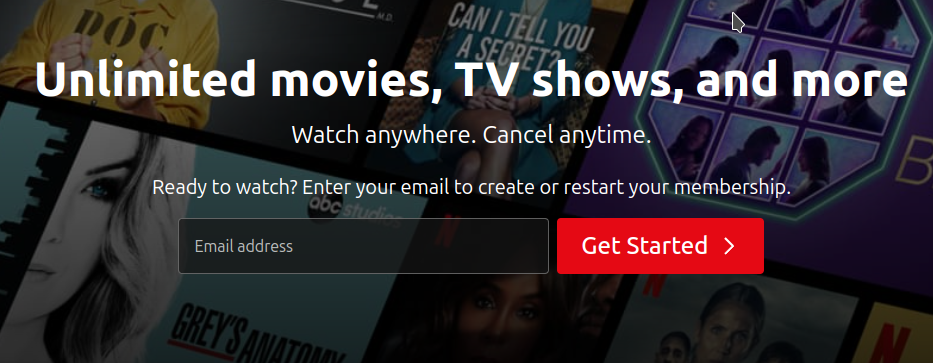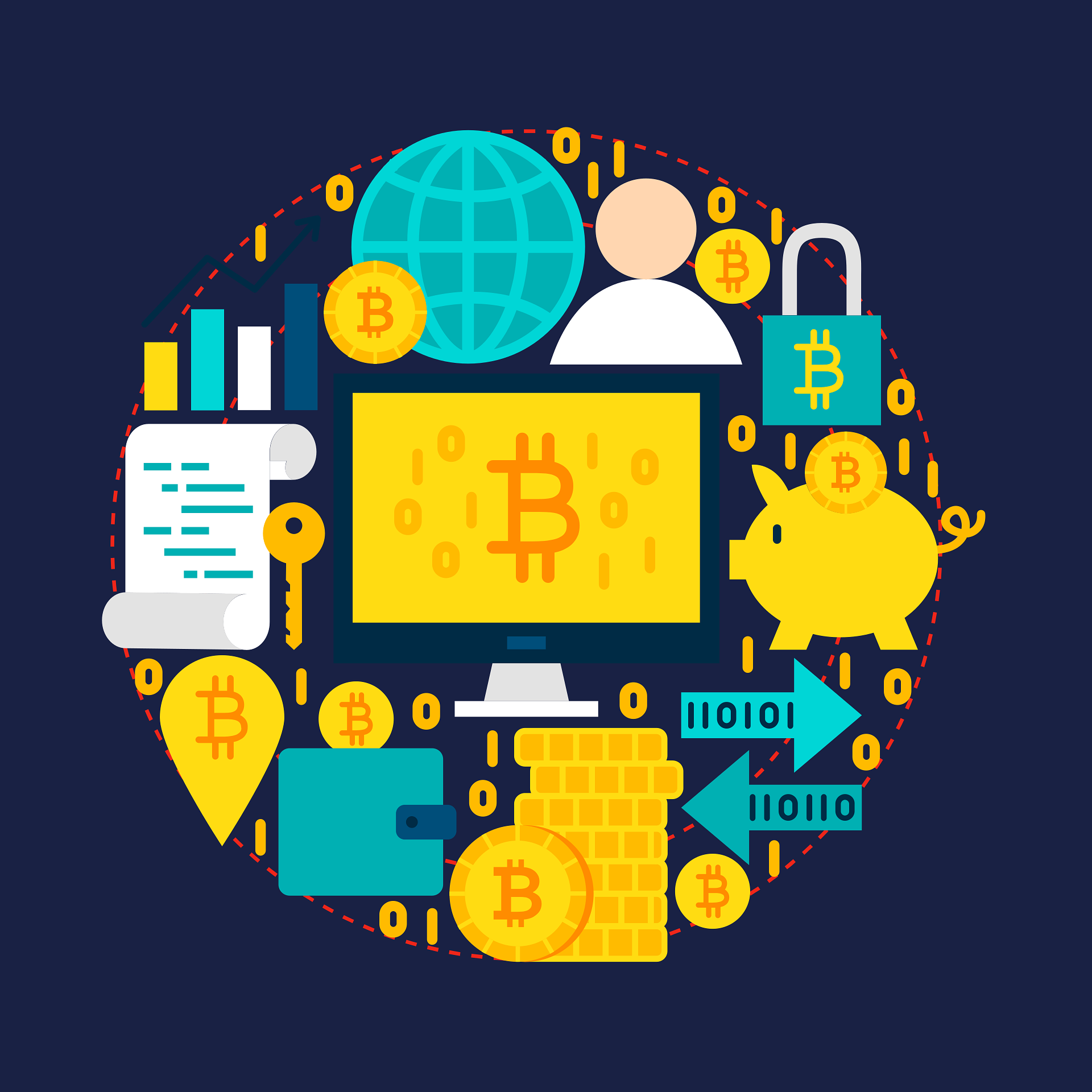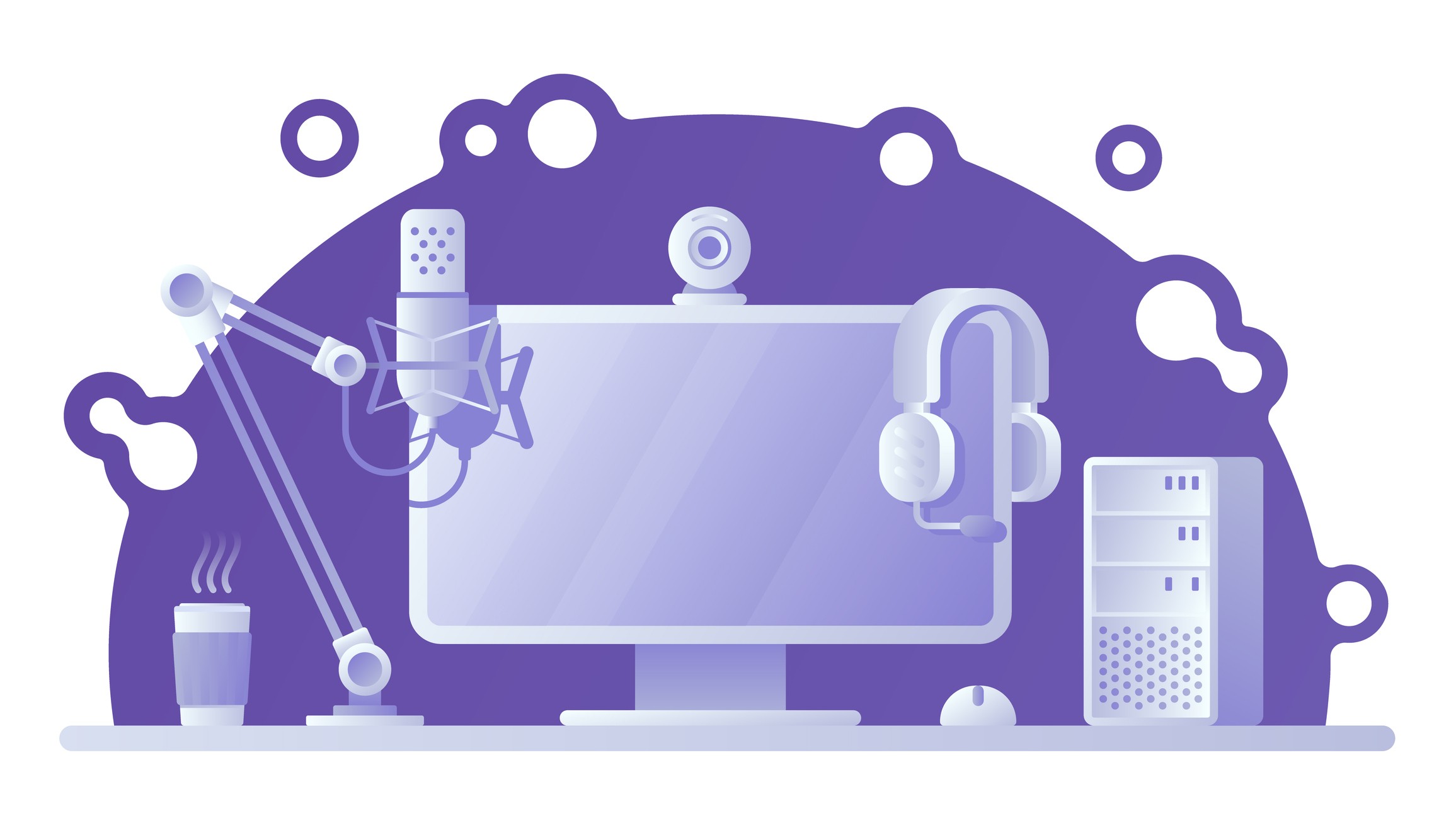Calls-to-Action (CTAs) serve as the linchpin that bridges the gap between user engagement and business goals. These concise, compelling prompts are designed to guide users toward a specific action, be it signing up for a newsletter, making a purchase, or downloading a resource. The strategic use of CTAs can significantly amplify the effectiveness of your online presence, boost conversions, turning passive browsers into active participants and, ultimately, loyal customers.
CTAs are more than just buttons or links on a webpage; they are the key drivers of user interaction and conversion. By clearly communicating what action you want the user to take, CTAs eliminate confusion and streamline the user journey. They act as signposts, leading visitors through your website and guiding them towards the desired outcome. In a landscape where attention is scarce and competition is fierce, well-crafted CTAs can make the difference between a user bouncing off your site or taking the next step in their customer journey.
How CTAs Can Boost Conversions
The power of CTAs lies in their ability to convert passive interest into active engagement. When designed and placed effectively, CTAs can significantly boost conversion rates by:
- Increasing Visibility: Prominent CTAs catch the user's eye and make it clear what action to take next.
- Creating Urgency: Words like "Now" or "Limited Time Offer" prompt users to act immediately, capitalizing on the fear of missing out (FOMO).
- Offering Value: CTAs that promise a benefit, such as "Get Your Free Guide," incentivize users to click by offering something of value in return.
- Enhancing User Experience: Clear and concise CTAs improve navigation, making it easier for users to find what they're looking for and take action.
Purpose of a Call-to-Action (CTA)
A Call-to-Action (CTA) is a prompt on a website, advertisement, or piece of content that encourages the audience to take a specific action. It is typically presented as a button, link, or graphic that stands out visually and contains a clear, actionable message such as "Sign Up," "Buy Now," or "Download Here."
The primary purpose of a CTA is to convert visitors or readers into leads or customers by guiding them to the next step in their interaction with a brand. CTAs are crucial for achieving business objectives, whether it's generating sales, increasing sign-ups, or driving traffic to a particular page.
CTAs in the Customer Journey
CTAs play a pivotal role at various stages of the customer journey, guiding users from initial awareness to final conversion and beyond:
- Awareness: In the early stages, CTAs like "Learn More" or "Discover" help educate potential customers about a product or service, gently nudging them towards further engagement.
- Consideration: As users delve deeper, CTAs such as "Download a Free Trial" or "View Demo" provide them with the tools to evaluate the offering and its benefits.
- Decision: When a customer is ready to make a purchase, strong CTAs like "Buy Now" or "Add to Cart" create a clear path to conversion.
- Retention: Post-purchase, CTAs like "Subscribe for Updates" or "Access Exclusive Content" foster ongoing engagement and loyalty.
By strategically placing CTAs at each touchpoint in the customer journey, businesses can effectively guide users through the funnel, encouraging them to take the desired actions that lead to conversion and, ultimately, customer satisfaction and loyalty.
Crafting Effective CTAs
Creating effective CTAs is both an art and a science. It requires a deep understanding of your audience, a clear definition of your objectives, and a creative touch to make your CTAs stand out.
Below are some key considerations for crafting CTAs that not only catch the eye but also inspire action.
Placement: Positioning CTAs for Maximum Visibility
The placement of your CTAs can significantly impact their effectiveness.
- Above the Fold: Ensure your primary CTA is visible without scrolling, capturing immediate attention.
- End of Content: After providing valuable information, a CTA at the end of a blog post or article can guide readers to the next step.
- Sidebar or Pop-up: These can be effective for secondary CTAs, such as newsletter sign-ups, without distracting from the main content.
- In-line with Content: Embedding CTAs within the body of your content can provide a natural progression for the user to take action.
Design: Creating Visually Appealing CTAs
The design of your CTAs plays a crucial role in attracting clicks.
- Contrast: Use colours that stand out from the rest of your page to make your CTA buttons pop.
- Size: Make sure your CTAs are large enough to be noticed, but not so large that they overwhelm the content.
- Whitespace: Surrounding your CTAs with ample whitespace can help draw attention to them.
- Consistency: Maintain a consistent design for all CTAs to create a cohesive user experience.
Wording: Choosing Language to Inspire Action
The language you use in your CTAs can significantly influence click-through rates.
- Use Action-Oriented Verbs: Start with verbs like "Download," "Subscribe," or "Get" to encourage immediate action.
- Create a Sense of Urgency: Phrases like "Limited Time Offer" or "Act Now" can create a sense of urgency and prompt quicker decisions.
- Be Specific: Clearly state what the user will get by clicking the CTA, such as "Download Your Free Guide" or "Start Your Free Trial."
- Keep it Short and Sweet: Aim for concise and clear language that can be easily understood at a glance.
By mastering the art of crafting effective CTAs, you can significantly enhance the user experience on your website and drive higher conversion rates.
The Science Behind CTAs
While the art of crafting CTAs involves creativity and intuition, the science behind them is rooted in psychology and data analysis. Understanding the psychological triggers that encourage clicks and employing A/B testing to refine your CTAs can significantly enhance their effectiveness.
Psychological Triggers That Encourage Clicks
Several psychological principles can be leveraged to make your CTAs more compelling:
- FOMO (Fear of Missing Out): Creating a sense of scarcity or urgency, such as "Limited Time Offer" or "Only a Few Left," can tap into the fear of missing out, prompting users to act quickly.
- Social Proof: Including testimonials or user counts, like "Join 10,000+ Subscribers," can build trust and encourage users to follow the crowd.
- Reciprocity: Offering something of value for free, such as a downloadable resource, can create a sense of obligation, making users more likely to reciprocate by taking the desired action.
- Authority: Using authoritative language or endorsements can increase the perceived credibility of your offer, making users more inclined to click.
A/B Testing to Refine Your CTAs
A/B testing, also known as split testing, is a method of comparing two versions of a CTA to see which one performs better.
- Define Your Objective: Clearly identify what you're trying to improve, whether it's click-through rate, conversion rate, or another metric.
- Create Variations: Develop two versions of your CTA that differ in one key aspect, such as colour, wording, or placement.
- Split Your Audience: Randomly divide your audience so that one group sees Version A and the other sees Version B.
- Analyze Results: After a significant amount of data has been collected, analyze the results to see which version performed better.
- Implement Changes: Based on the results, implement the more successful CTA and consider further testing to continue refining it.
By combining the psychological principles that influence user behavior with the data-driven insights from A/B testing, you can create CTAs that are not only visually appealing but also highly effective in driving conversions.
Connecting CTAs to Marketing Goals
To maximize the impact of your Calls-to-Action (CTAs), it's crucial to align them with your overall marketing goals and the various stages of the sales funnel. By tailoring your CTAs to the specific objectives and needs of your target audience at each stage, you can effectively guide them through the buyer's journey and increase the likelihood of conversion.
Aligning CTAs with Different Stages of the Sales Funnel
- Top of the Funnel (Awareness): At this stage, your goal is to attract and educate potential customers. Use CTAs that encourage content consumption and engagement, such as "Learn More," "Read Our Blog," or "Discover Insights."
- Middle of the Funnel (Consideration): Here, you're nurturing leads and building trust. Focus on CTAs that offer value and deepen the relationship, like "Download Our Whitepaper," "Watch a Webinar," or "Get a Free Sample."
- Bottom of the Funnel (Decision): At this point, prospects are ready to make a purchase decision. Use strong, action-oriented CTAs that drive conversions, such as "Buy Now," "Schedule a Consultation," or "Start Your Free Trial."
- Post-Purchase (Retention): Once a customer has made a purchase, your goal shifts to retention and loyalty. Use CTAs that encourage continued engagement, like "Subscribe for Updates," "Join Our Loyalty Program," or "Refer a Friend."
Examples of Goal-Specific CTAs
- Lead Generation: "Sign Up for Our Newsletter" or "Register for Our Webinar"
- Product Sales: "Add to Cart" or "Shop Now"
- Service Inquiries: "Request a Quote" or "Contact Us for More Information"
- Content Downloads: "Download Your Free Guide" or "Access the eBook"
- Event Registration: "Reserve Your Spot" or "Book Your Ticket Today"
Real-World Examples
To illustrate the principles discussed earlier, let's examine some real-world examples of successful CTAs and analyze the key factors that contribute to their effectiveness.
Dropbox
Dropbox invites users to become part of a massive community of trust with its straightforward CTA, "Find Your Plan." This directive is not just about joining; it's about discovering a personalized solution that meets individual storage needs. The messaging emphasizes ease, security, and the reliability of the service, assuring users that Dropbox is a wise choice for safeguarding their most critical files.
What Makes It Effective:
- Community Trust: Highlighting the number of registered users builds confidence through social proof.
- Personalization: The invitation to "Find Your Plan" suggests a service tailored to the user's specific needs.
- Standout Design: The CTA button's bold color contrasts sharply with the background, making it a focal point on the page.
Netflix
Netflix’s CTA entices with the promise of immediate entry into an expansive library of movies and TV shows, free of charge for an introductory period. It is crafted to draw in users by offering them a taste of the service at no initial investment. The language employed here is crafted to prompt an immediate response.
What Makes It Effective:
- Immediate Gratification: The term "Instant Access" suggests that the entertainment you desire is just a click away, providing instant satisfaction.
- Risk-Free Trial: Highlighting the free aspect for a set time lowers barriers, making the trial feel like a no-strings-attached opportunity.
- Defined Time Frame: Specifying the duration of "a Month" sets clear expectations and adds a subtle push for users to act swiftly to enjoy the benefit.
HubSpot
HubSpot effectively uses this CTA to attract potential customers interested in exploring its software. By offering a personalized demonstration, the company addresses the user's desire for a tailored experience and provides an opportunity to showcase the product's value.
What Makes It Work:
- Personalization: The offer of a "demo" suggests a customized experience.
- Value: The word "Free" emphasizes that the user has nothing to lose.
- Action-Oriented: The CTA is direct and encourages immediate engagement.
What Makes These CTAs Work
These examples demonstrate several key principles for crafting effective CTAs:
- Clarity: A clear and concise message that leaves no doubt about what action the user should take.
- Value Proposition: An offer that provides tangible benefits to the user, such as a free trial or demo.
- Urgency: Language that creates a sense of immediacy, encouraging users to act quickly.
- Visibility: Design elements that ensure the CTA stands out and captures the user's attention.
By incorporating these elements into your CTAs, you can create compelling calls-to-action that resonate with your audience and drive conversions.
The Power of Effective CTAs
Calls-to-Action (CTAs) are the catalysts that transform passive browsers into active participants. By mastering the art and science of crafting compelling CTAs, you can significantly enhance your website's user experience and drive higher conversion rates.
The journey to creating effective CTAs is one of continuous learning and experimentation. Don't be afraid to try new approaches, test different variations, and gather data to inform your decisions.







